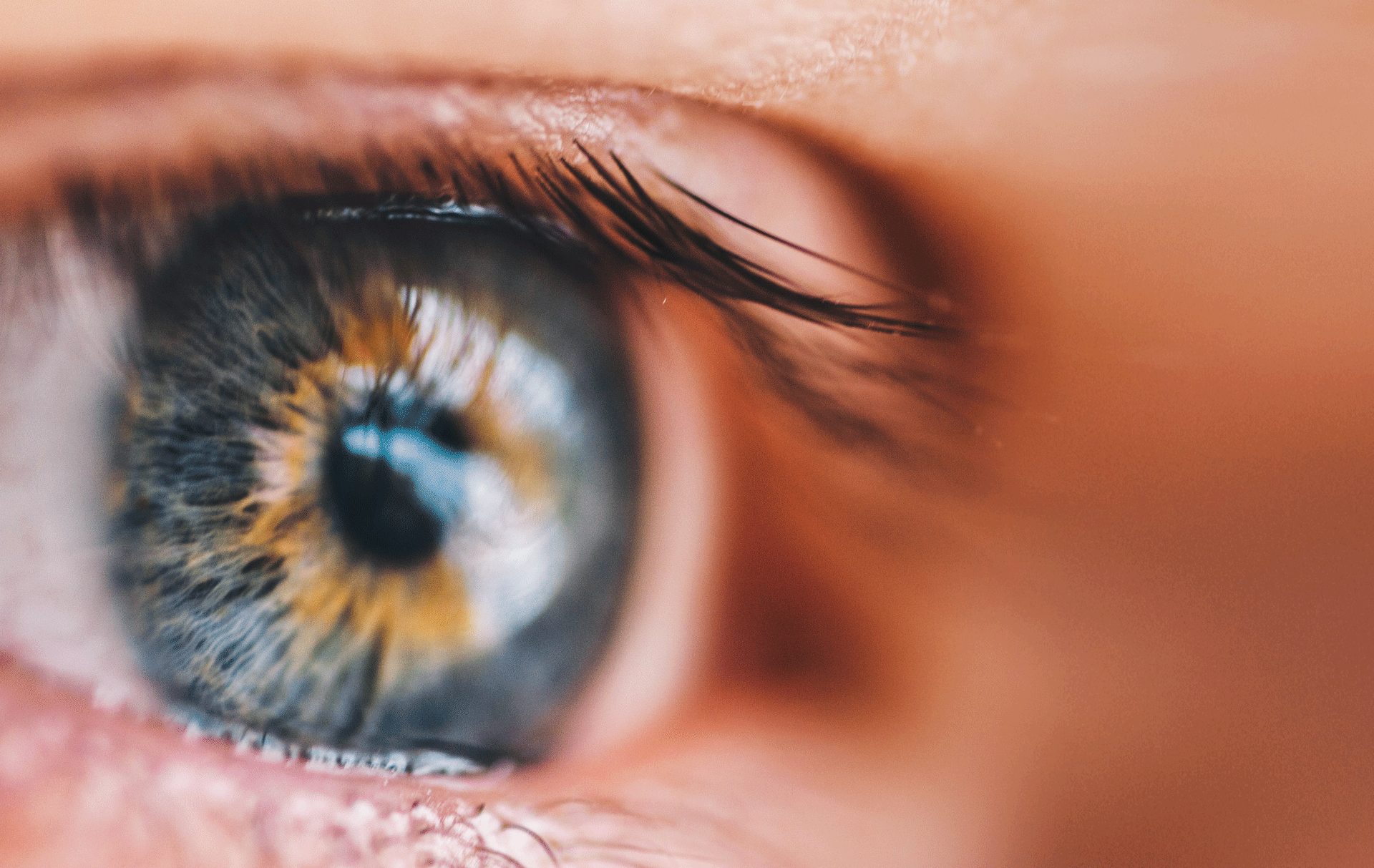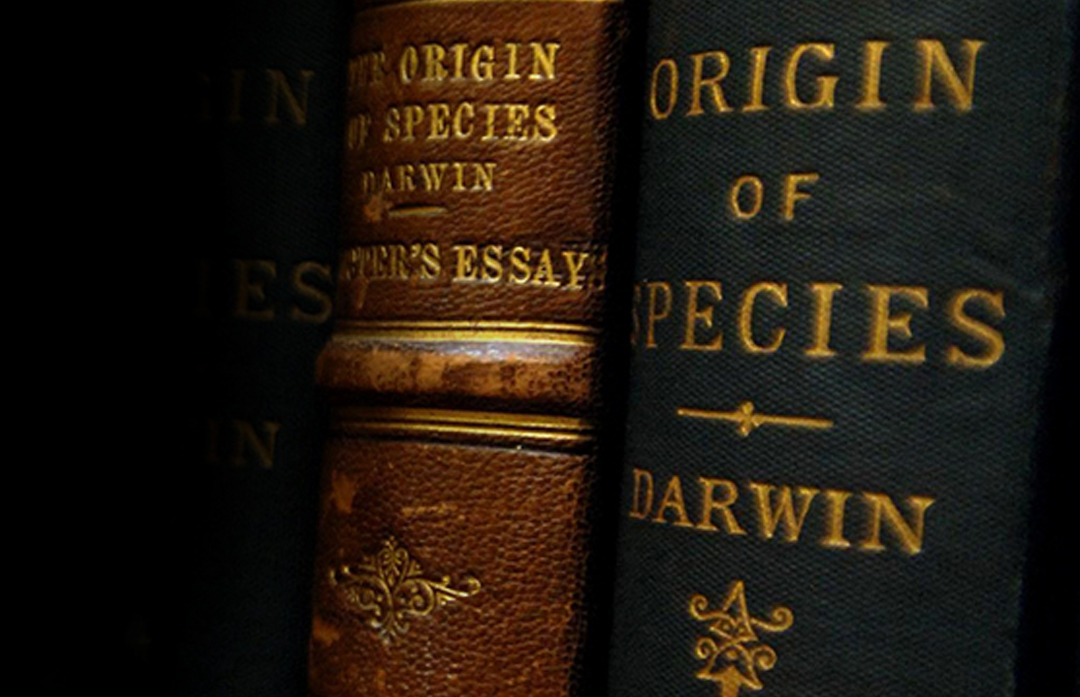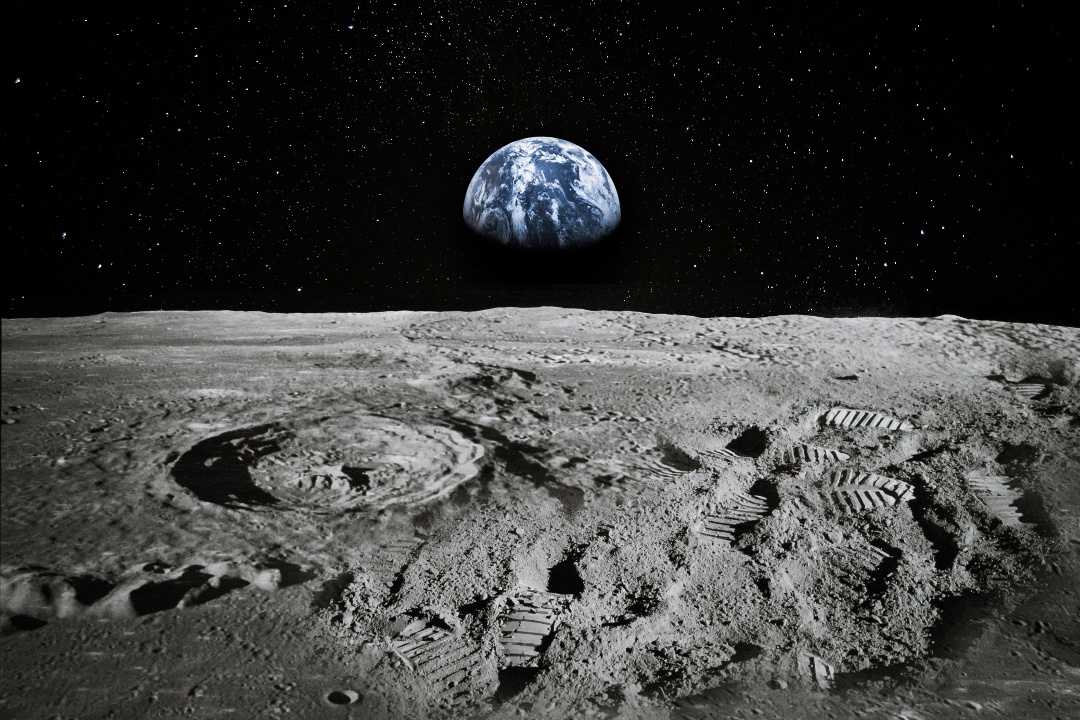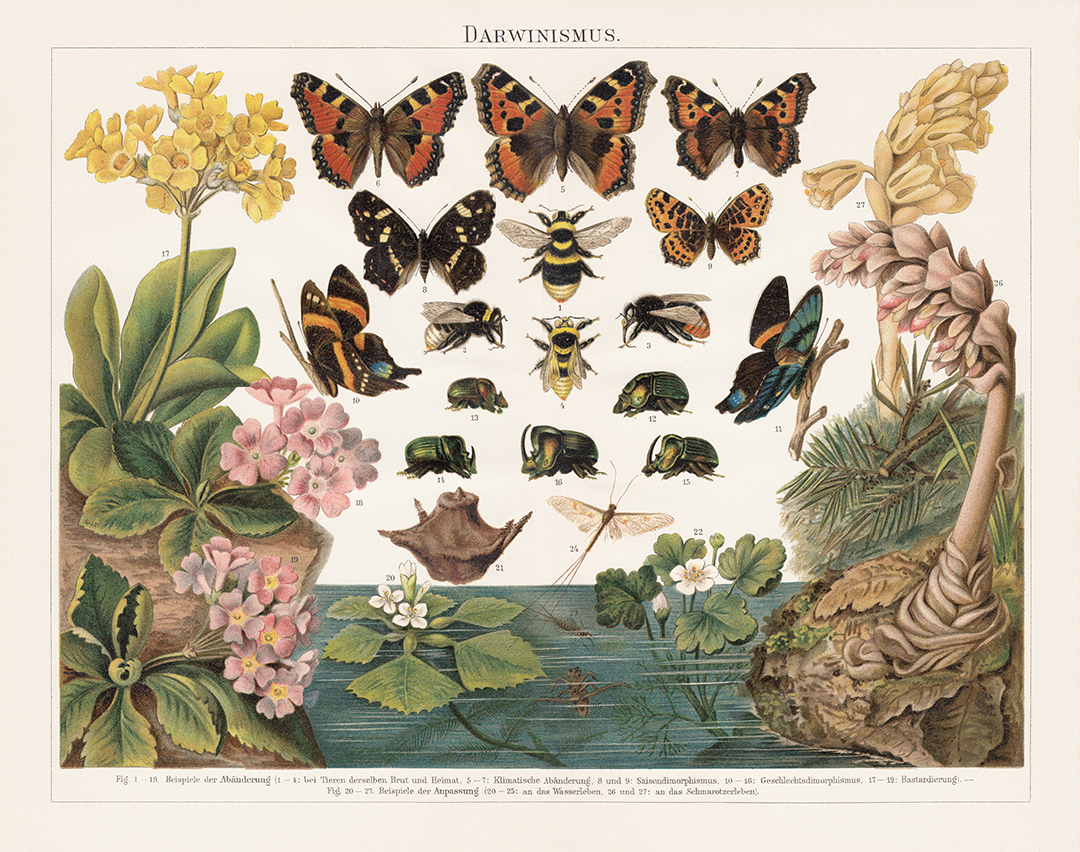
Magnifeye: More than meets the Eye
Humans can only see a tiny portion of the light that surrounds them. That’s why, even though there are millions of gradients of almost as many colours, we can only identify seven colours in the rainbow. That happens either because each colour bleeds imperceptibly into one another with no boundary or due to the fact that the human eye is blind to the other tones created by the sun shower. In other words, they become invisible.
All electromagnetic radiation is light but when the eye stares at at the rainbow, it is only capable of capturing a small portion of that radiation dispersed into red, orange, yellow, green, blue, indigo and violet. The size of the radiation emission is what defines the brightness of the colours – for example, violet has the shortest wavelength, at around 380 nanometres, and red has the longest wavelength, at around 700 nanometres.
TRICKY ILLUSION
Vision is widely accepted as our most dominant sense but people tend to mistake it for visual acuity, which is the ability to see letters in a chart, for instance. That is just a part of vision, not the whole thing. Vision is the process of understanding what is captured by the senses and deriving a meaning from it. Of course, it all starts with light hitting the objects and reflecting off them into our eyes. Without light, there would be no sight. However, it is our brain that actually perceives and builds the reality – or realities, since the doors of perception have as many keys as eyes and brains.
People don’t always know what they see, though they tend to see what they know. Sometimes they believe the eye plays tricks on them. But it’s not its fault. It’s a disagreement between the eye and the brain that generates a visual – more than an optical – illusion, as it has more to do with how the brain works and less with the optics. A visual illusion is a phenomenon in which our subjective perception doesn’t match the physical reality of the world.
Aristotle once said:
“Our senses can be trusted but they can be easily fooled.”

Is it a rabbit or a duck? People who can flip between both images faster are believed to be more creative.
The classic rabbit-duck illusion is one of the most controversial. The ambiguous figure in which the brain switches between seeing a rabbit and a duck was created by an anonymous illustrator in the late 19th century in Germany, and first published in 1892 in the humour magazine “Fliegende Blätter”. American psychologist Joseph Jastrow used it eight years later to point out that perception is not just a product of the stimulus, but also of mental activity. Curiously enough, children tested on Easter Sunday are more likely to see a rabbit, whereas when tested on a Sunday in October, they tend to see a duck. Beyond their amusement value, illusions are important tools in visual research to help scientists understand how the visual system works.
SEEING BEYOND THE VISION
The brain puts the pieces together and makes sense of the information that comes through the eye to help us perceive the reality but they, alone, can’t give it the full picture. Humans’ experience of the world is a multisensory one. Our senses work closely together h in a cognitive construction structured perception of the mind to process the surrounding reality. Sometimes, one manipulates what other perceives, like when the colour of food influences smell or taste.
And, sometimes – luckily, fewer times – the even cross themselves, as in Synaesthesia, a cross wiring of the senses that makes someone see colours when hearing noises, for example. There’s believed to be more than the basic five: eyesight, hearing, taste, touch and smell. However, that principle, often traced back to Aristotle’s “De Anima” (“On the Soul”) persists, because a clearer idea of our sensory experience at the neurological level has only recently started to take shape.

The brain makes sense of the information that comes through the eye to give us the full picture.
In addition to the traditional big five, there is another sense that is critical for the control of our movements and our sense of self and space: this sense is called proprioception (from Latin proprius, meaning “one’s own”, “individual”, and capio, capere, to take or grasp). The ability to touch one’s nose in the darkness is a subject of proprioception, often referred as to “sixth sense”. Some researchers might take the definition of sense further to argue that the senses should be defined by the types of receptors we have, a different sensor meaning a different sense.
Splitting the senses in that way would make it even more complex, considering, for instance, humans have over 1,000 distinct olfactory receptors tuned to different odorous molecules to help them discriminate among 1 trillion different odours. Therefore, should each one count as a different sense?
THE MISSING FILE
A blind spot, also called scotoma, is an obscurity of the visual field due to the lack of photoreceptor cells. This tiny area, about the size of a pinhead, is where the optic nerve and blood vessels leave the eye. Without photoreceptor cells, the eye cannot detect light and send any information about the image to the brain. We don’t usually notice it because the brain typically fills in the missing data it needs, based on the images surrounding the blind spot.


